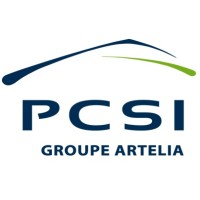
Somec Gruppo
The Somec Group specializes in the engineering, design and implementation of complex turnkey projects in the civil and naval sectors, operating through three Business Units: #Horizons: Engineered Systems for Naval Architecture and Building Façades; #Talenta: Professional Kitchen Systems and Products; #Mestieri: Design and Production of Bespoke Interiors. The Group's companies operate in an integrated and synergistic way, according to strict quality and safety standards and guaranteeing a high degree of customization and specific know-how on the processing of different materials, which is a fundamental requirement in high value-added projects. In its more than 40-year history, and through rigorous certification and accreditation processes, Somec has achieved a global reputation for quality and operational and financial reliability. Headquartered in San Vendemiano, Treviso, the Group is present in 12 countries and 3 continents, employing more than 1,000 people and with revenues of 371 million Euro in 2023.






